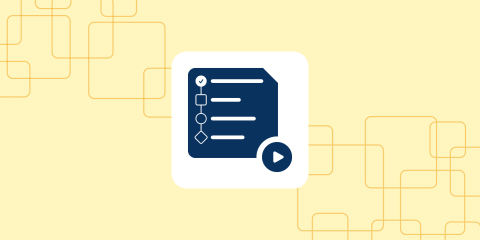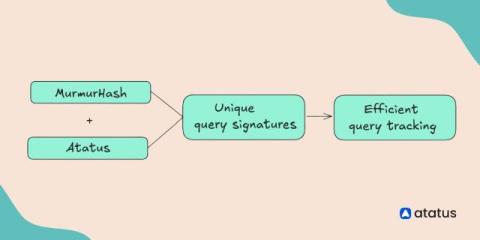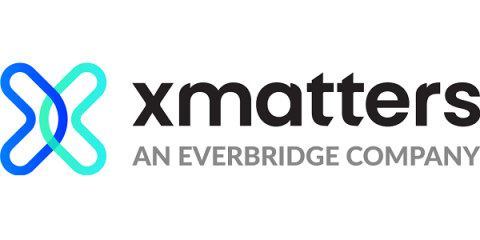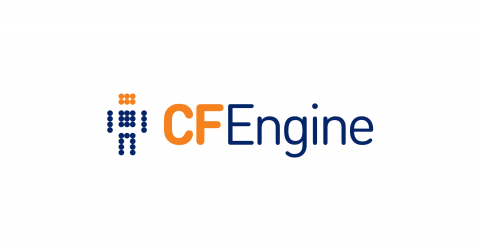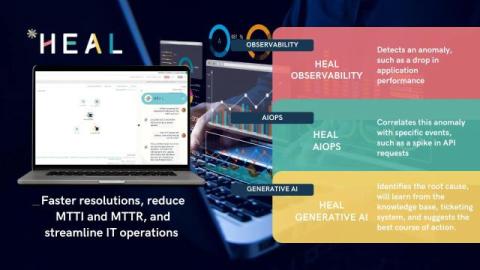Sponsored Post
What Do DevOps Professionals Really Mean When They Talk About Kubernetes (K8s)?
In the world of DevOps, Kubernetes (K8s) is more than just a tool for managing containers-it's the backbone of modern infrastructure. When DevOps teams mention Kubernetes, they're referencing its vast capabilities, which extend far beyond basic container orchestration. They're talking about its ability to manage scaling, automation, networking, and security across complex, distributed systems. In this article, we'll explore what DevOps pros really mean when they discuss Kubernetes, highlighting the core features that make it a cornerstone of the DevOps ecosystem.






